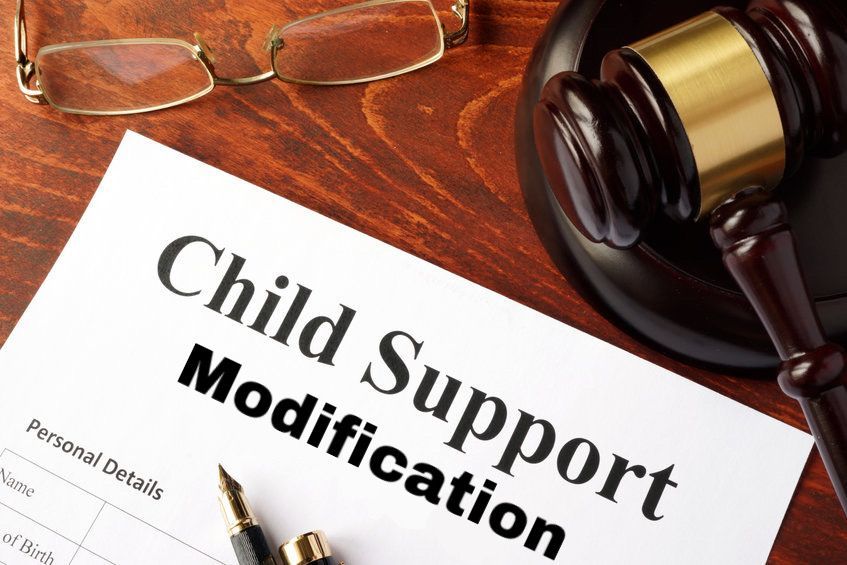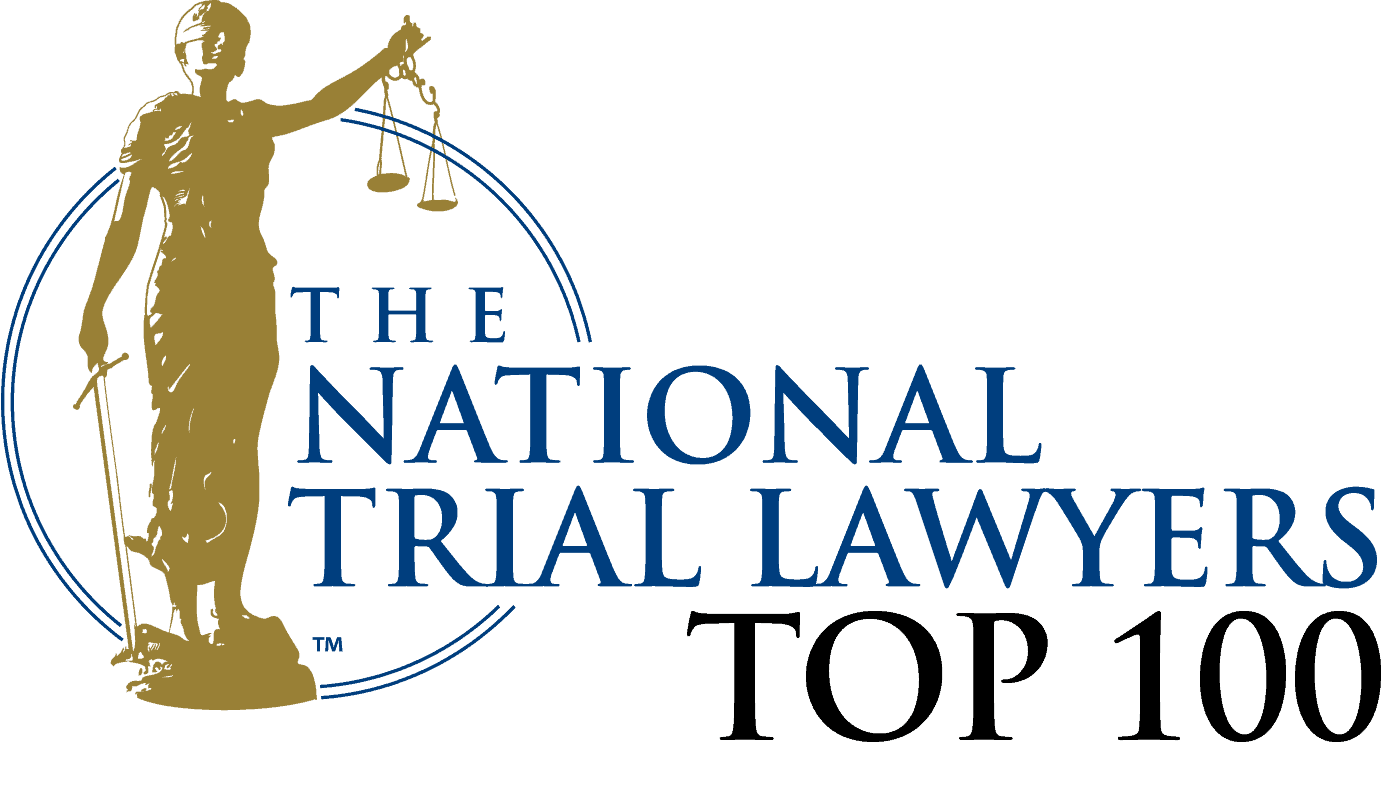Understanding Different Personal Injury Cases Uncovered
Every time someone is hurt because of another person’s carelessness, they face medical bills, lost income, and emotional stress with little direction on seeking justice. Understanding different personal injury cases equips families and businesses with the knowledge to protect their rights, pursue compensation, and navigate complex legal procedures. In this guide, we define personal injury law and its protective role, explore the most common case types, outline the step-by-step claim process, detail typical injuries, explain how settlements are calculated, and highlight why seasoned Rhode Island attorneys at itwlaw.com offer unparalleled advocacy.
What Is Personal Injury Law and How Does It Protect You?
Personal injury law is the body of legal rules that allows individuals hurt by another’s negligence or misconduct to recover compensation for their losses, ensuring responsible parties are held accountable and future harm is deterred. For example, when a distracted driver causes a crash, personal injury statutes empower the victim to seek reimbursement for medical care and lost wages.
What Defines a Personal Injury Case?
A personal injury case arises when one party’s unreasonable failure to exercise care causes another person’s physical or emotional harm. This framework covers accidents, intentional wrongdoing, strict-liability incidents, and workplace hazards, each requiring proof of fault to secure damages.
What Are the Four Elements of a Personal Injury Claim?
Every successful claim must establish these four elements in sequence:
- Duty of Care – A legal obligation to act reasonably (e.g., drivers must obey traffic laws).
- Breach of Duty – Violation of that obligation (e.g., texting while driving).
- Causation – Direct link between the breach and the injury (e.g., the crash caused a broken arm).
- Damages – Measurable losses suffered (e.g., medical bills, lost income).
Personal Injury Law 101: Understanding the 4 Elements of Negligence
This guide outlines the four essential elements required to prove negligence in a personal injury claim: duty of care, breach of that duty, direct causation of injury by the breach, and quantifiable damages and financial losses suffered by the plaintiff. These elements are fundamental for a personal injury claim to be considered valid. This research directly supports the article's detailed explanation of the four foundational elements that define a personal injury case and are crucial for a successful claim.
Proving each element secures the foundation for compensation and paves the way for settlement or trial.
What Types of Damages Can You Claim in Personal Injury Cases?
Victims may recover three distinct categories of damages, each addressing different aspects of loss.
| Damage Category | What It Covers | Purpose |
|---|---|---|
| Economic Damages | Medical expenses, rehabilitation costs, lost wages | Restores actual financial losses |
| Non-Economic Damages | Pain and suffering, emotional distress, loss of enjoyment | Compensates for intangible harm |
| Punitive Damages | Awarded for egregious conduct | Punishes wrongdoers and deters similar actions |
These award types combine to address both tangible and intangible consequences of an injury.
How Does Negligence Impact Personal Injury Lawsuits?
Negligence is the core concept requiring proof that a defendant failed to exercise reasonable care, directly leading to another’s injury. Establishing negligence involves gathering evidence such as police reports, witness statements, and expert testimony to trace a clear causal path from misconduct to harm.
What Parties Are Involved in Personal Injury Cases?
Key roles include:
- Plaintiff – The injured individual seeking compensation.
- Defendant – The person or entity alleged to be at fault.
- Attorney – Legal advocate who assembles evidence, negotiates with insurers, and represents the plaintiff in court.
- Insurance Company – May defend or indemnify the defendant and negotiate settlements.
- Healthcare Providers – Document injuries and treatment, supplying critical medical records.
A cohesive team guided by a skilled attorney promotes the strongest possible claim.
These fundamental concepts—definition, elements, damages, negligence, and parties—form the bedrock for understanding specific types of personal injury cases.
What Are the Most Common Types of Personal Injury Cases?

Personal injury cases span a variety of incidents where negligence or strict liability causes harm. Recognizing each category helps victims pursue the appropriate legal strategy, whether negotiating with insurers or filing suit in Rhode Island courts.
What Are Car Accident Claims and Their Legal Considerations?
Car accident claims arise when collisions lead to property damage, physical injuries, or fatalities, and are governed by negligence principles and state-mandated insurance requirements. Distractions, intoxication, and unsafe road conditions all factor into fault determination and potential comparative negligence defenses.
How Do Slip and Fall Accidents Lead to Injury Claims?
Slip and fall cases fall under premises liability, holding property owners responsible for maintaining safe conditions. Failure to repair hazards such as wet floors or cracked sidewalks, or inadequate warning signs, can trigger liability for injuries like fractures and head trauma.
What Constitutes Medical Malpractice Lawsuits?
Medical malpractice occurs when healthcare professionals breach the accepted standard of care—through misdiagnosis, surgical errors, or medication mistakes—causing injury or wrongful death. Proving malpractice involves expert testimony to show the provider’s actions deviated from what a competent practitioner would do.
How Are Wrongful Death Claims Filed and What Damages Are Recoverable?
Wrongful death actions compensate surviving family members for losses when negligence or intentional harm causes death. Eligible damages include funeral expenses, loss of support, medical bills prior to death, and loss of consortium—addressing both economic and emotional impact on heirs.
What Are Product Liability Cases and Consumer Protections?
Product liability claims arise when a defective or unreasonably dangerous consumer product causes injury. Plaintiffs may assert manufacturing defects, design flaws, or failure to warn, relying on strict liability or negligence theories to secure compensation for injuries.
What Falls Under Premises Liability Claims Beyond Slip and Falls?
Beyond simple falls, premises liability extends to dog bites, inadequate security leading to assaults, and swimming pool accidents. Owners and occupiers must address animal control, lighting, surveillance, and barrier requirements to prevent foreseeable harm.
How Are Workplace Injury Claims Different from Workers’ Compensation?
While workers’ compensation provides no-fault benefits for on-the-job injuries, third-party personal injury actions allow employees to pursue additional damages against negligent contractors, equipment manufacturers, or property owners whose misconduct contributed to the accident.
Each case type involves distinct laws, standards of proof, and procedural rules, guiding the choice of legal strategy for maximum recovery.
How Do You File a Personal Injury Claim? Step-by-Step Legal Process Explained

Filing a personal injury claim follows a structured process that begins immediately after an injury and can culminate in a settlement or a trial.
What Are the Initial Steps After an Injury Occurs?
Seek prompt medical attention to document injuries, preserve any evidence such as photographs of the scene and damaged property, and record witness contact information. Early documentation strengthens causation and damage claims.
How Is a Personal Injury Claim Filed and Investigated?
Your attorney prepares a detailed demand package for the insurance company, including medical records, expense documentation, and liability evidence. Insurers then investigate through statements, expert reviews, and site inspections.
What Happens During Settlement Negotiations?
Negotiations involve presenting demand figures, exchanging defense responses, and crafting counteroffers. Effective tactics include leveraging liability evidence, emphasizing documented damages, and addressing insurers’ concerns through expert reports.
When Is Litigation Necessary and What Does a Trial Involve?
If negotiations stall, your lawyer files a complaint in civil court and engages in discovery—interrogatories, depositions, and document requests. Trial presents evidence before a judge or jury, culminating in a verdict that may award damages or dismiss claims.
How Long Does a Personal Injury Claim Typically Take?
Most claims resolve within six months to two years, depending on case complexity, medical recovery timelines, and court schedules. Early settlement often reduces legal fees and accelerates compensation.
Clear procedural steps reduce uncertainty and ensure that injured parties progress efficiently from incident to resolution.
What Injuries Are Common in Personal Injury Lawsuits?
Injuries shape the value of a claim and dictate medical treatment, evidence gathering, and settlement negotiations.
What Are Typical Injuries from Car Accidents?
Car collisions frequently cause whiplash, traumatic brain injuries, spinal cord damage, fractures, and internal organ injuries. These range from soft-tissue trauma to life-altering conditions requiring long-term care.
What Injuries Result from Slip and Fall Accidents?
Falls often produce sprains, broken bones, traumatic brain injuries, and spinal compression, especially among older adults. The severity depends on fall height, surface hardness, and victim health.
What Are Common Medical Malpractice Injuries?
Medical negligence can lead to birth injuries, surgical complications, misdiagnosed infections, and medication overdoses, often resulting in chronic conditions, disability, or wrongful death.
What Injuries Are Associated with Dog Bites and Animal Attacks?
Bites and attacks cause lacerations, puncture wounds, nerve damage, infections such as rabies, and psychological trauma requiring therapy. Aggression severity and victim vulnerability drive damage awards.
How Do Workplace Accidents Cause Injuries?
Construction and manufacturing site incidents produce crush injuries, falls from heights, chemical burns, and repetitive strain disorders. Third-party liability claims may address defective equipment or unsafe worksite conditions.
Recognizing injury patterns informs both medical treatment and legal strategy, ensuring claims fully reflect actual harm.
How Are Settlement Amounts Determined in Personal Injury Cases?
Calculating fair compensation requires assessing multiple factors that influence the total award.
What Factors Influence Economic Damages?
- Medical Bills – Past and future treatment costs.
- Lost Income – Wages sacrificed during recovery and potential earning capacity reduction.
- Property Damage – Repair or replacement expenses for vehicles or personal items.
How Are Non-Economic Damages Calculated?
Non-economic awards compensate pain and suffering, emotional distress, and loss of consortium by applying a multiplier to economic damages or using per-diem methods that assign a daily rate for subjective harm.
When Are Punitive Damages Awarded?
Punitive damages target defendants whose actions were willful, malicious, or grossly negligent, serving to punish and deter conduct beyond ordinary negligence.
What Are Average Settlement Amounts by Case Type?
In recent years, average outcomes have varied widely across different personal injury categories.
| Case Type | Typical Settlement | Context |
|---|---|---|
| Car Accident Claims | $30,000 – $60,000 | Depends on injury severity and liability share |
| Medical Malpractice | $300,000 – $700,000 | Reflects high medical costs and life impact |
| Product Liability | $200,000 – $750,000 | Tied to defect type and widespread harm |
| Slip and Fall Accidents | $20,000 – $100,000 | Influenced by age and injury complexity |
Variations arise from jurisdiction, evidence strength, and negotiation skill.
Why Do Most Personal Injury Cases Settle Before Trial?
About 95 percent of claims resolve through settlements because they save time, reduce legal fees, and provide certainty of outcome without the risks and delays of litigation.
Personal Injury Settlement Amount Examples: 2025 Payouts Guide & Personal Injury Statistics in 2025: A Comprehensive Overview
Data from 2025 indicates that average personal injury settlements vary significantly by case type, with car accident claims averaging around $37,248.62 and medical malpractice cases often reaching about $1 million. Furthermore, approximately 95-96% of personal injury cases are resolved through settlements before reaching trial, highlighting a preference for out-of-court resolutions.
Understanding settlement dynamics empowers injured parties to set realistic expectations and pursue optimal negotiation strategies.
Why Choose Expert Legal Representation for Your Personal Injury Case?
Securing compensation often hinges on professional guidance to navigate complex laws, deadlines, and insurer tactics.
How Can a Personal Injury Lawyer Maximize Your Compensation?
Experienced attorneys identify all damage categories, assemble compelling evidence, engage medical experts, and leverage negotiation strategies that emphasize liability and document full losses to maximize awards.
What Is the Role of an Attorney in Navigating Complex Claims?
A dedicated lawyer manages deadlines, handles insurance communications, prepares litigation materials, and advocates vigorously at each stage, allowing clients to focus on recovery rather than paperwork.
How Does itwlaw.com Support Injured Clients Through the Legal Process?
As seasoned Rhode Island attorneys, the team at itwlaw.com provides free case evaluations, transparent fee structures, and personalized representation tailored to each client’s needs, guiding families and businesses through every step of a personal injury claim.
What Should You Look for When Hiring a Personal Injury Lawyer?
Seek credentials such as state bar membership, proven trial experience, positive client testimonials, and a track record of multimillion-dollar recoveries—criteria that reflect skill, trust, and commitment to client outcomes.
Professional advocacy transforms uncertainty into clear pathways toward justice and compensation.
Injured parties who understand their rights, follow a structured claim process, and secure expert legal representation significantly increase their chances of recovering full and fair compensation.
Personal injury law is designed to protect individuals and deter negligent behavior by ensuring accountability. When facing mounting bills or complex liability questions, engaging a dedicated attorney at itwlaw.com provides clarity, advocacy, and results. Protect your future by seeking guidance from seasoned Rhode Island personal injury lawyers who prioritize your recovery and pursue every available remedy on your behalf.











